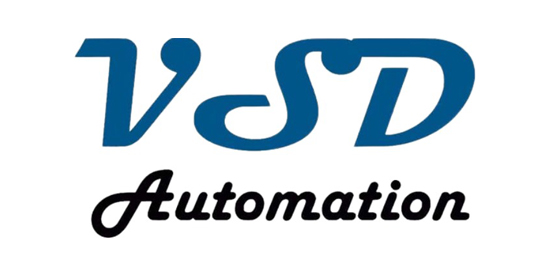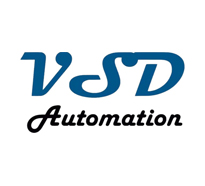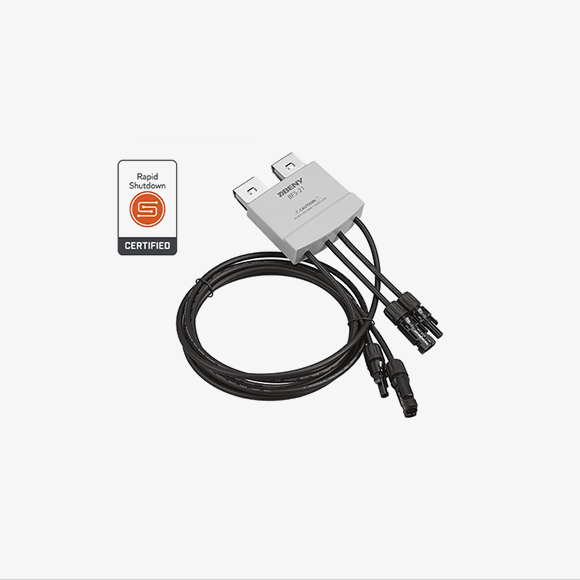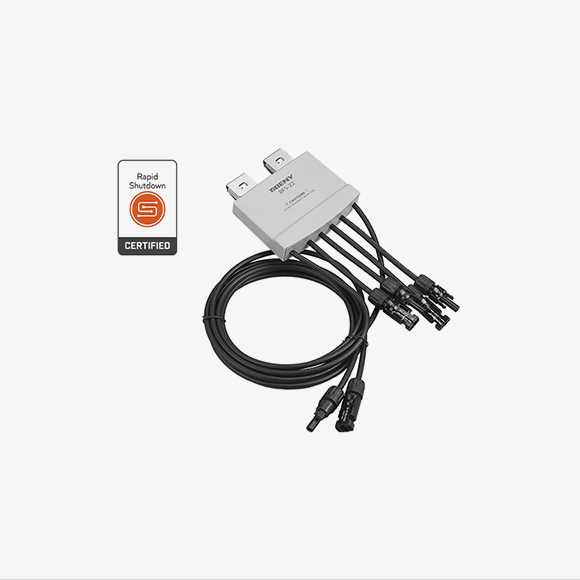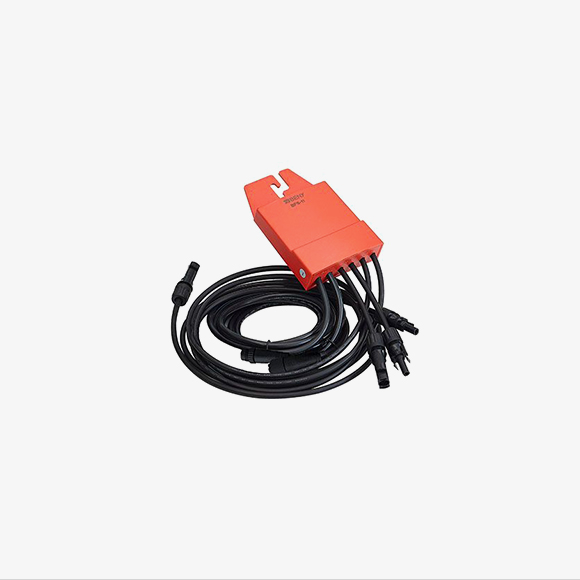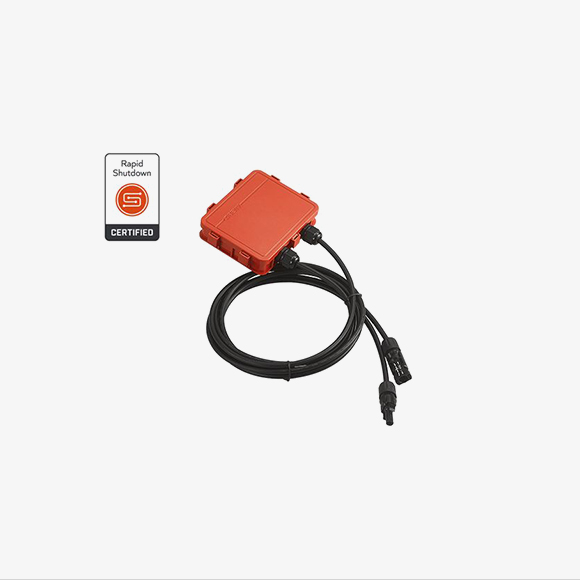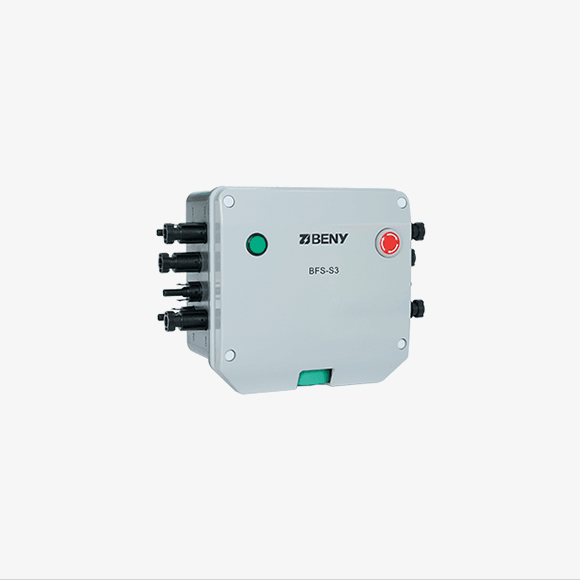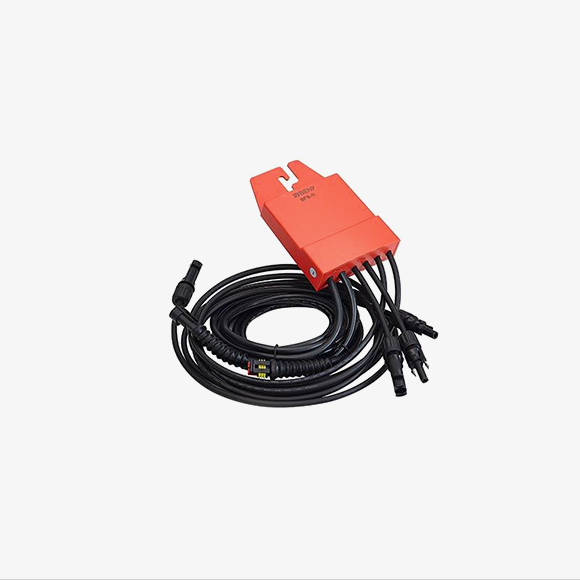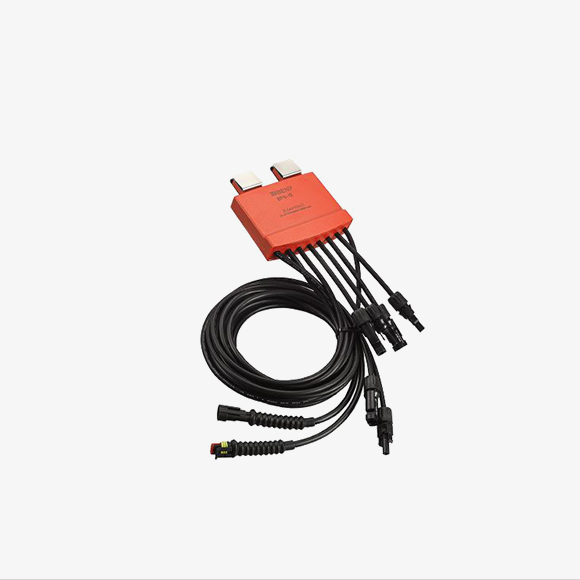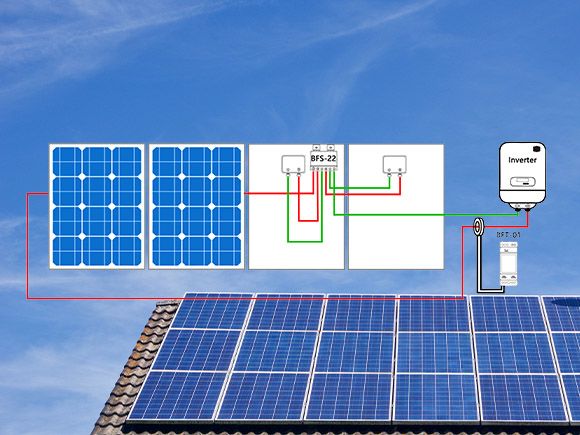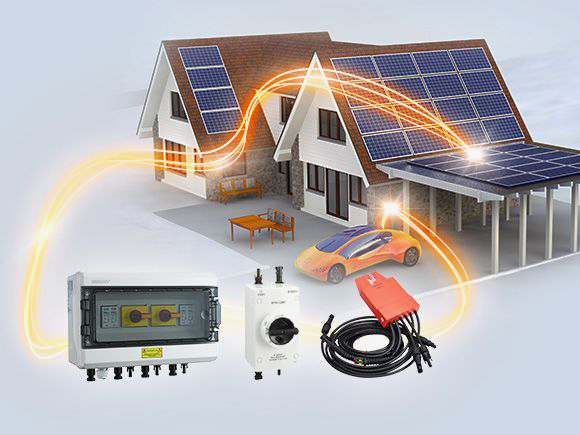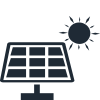
Rapid Shutdown System (RSS)
End-to-End Solution
For solar rooftop and building fire safety, our string level and module level rapid shutdown devices control the panels’ voltage down to a certain safe level at microsecond. Prevent accidents and improve the safety of solar power system.
The rapid shutdown solutions are designed according to CE, UL standard and NEC2020 requirements. Proudly as a member of Sunspec alliance, we develop PLC communication RSDs for wider compliance with multiple string inverters. Check out our products today!
The rapid shutdown solutions are designed according to CE, UL standard and NEC2020 requirements. Proudly as a member of Sunspec alliance, we develop PLC communication RSDs for wider compliance with multiple string inverters. Check out our products today!
Ul Listed Rapid Shutdown Device
Sunspec Module-Level Rapid Shutdown Device Nec2020 Bfs-21
The BFS-21 is designed and developed as the most reliable module level rapid shutdown device for solar building fire safety and meeting the NEC requirements.
Sunspec Module-Level Rapid Shutdown Device Nec2020 Bfs-22
The BFS-22 is designed and developed as the most reliable module level rapid shutdown device for solar building fire safety and meeting the NEC requirements.
Module-Level Rapid Shutdown Device Bfs-11 Ul Listed Nec2017 690.12
BFS-11 is a UL1741 listed module level rapid shutdown device for solar building fire safety, inherently compliant with NEC 2014, NEC2017 690.12 requirements.
Sunspec Solar Panel Rapid Shutdown Junction Box Bfs-31
The BFS-31 is designed as a solar panel junction box with rapid shutdown function to meet NEC2017/ NEC2020 for solar building fire safety.
Ce Certified Rapid Shutdown Device
Firefighter Safety Switch String Level Rapid Shutdown Device Bfs-S
The BFS-S Series fire safety switch is a string level load break disconnect solution for solar rooftop fire protection.
Module-Level Rapid Shutdown Device Bfs-11 Ce Certified
BFS-11 is a module level rapid shutdown device for solar rooftop and building fire safety.
Module-Level Rapid Shutdown Device Bfs-12 Ce Certified
BFS-12 is a module level rapid shutdown device for solar rooftop and building fire safety.
How We Satisfy NEC Requirements For RSDS
The 2017 National Electrical Code (NEC) Section 690.12 requires the module-level rapid shutdown of solar systems, all conductors within an array’s 1-ft boundary have to be reduced to 80V or less within 30 seconds of rapid shutdown initiation.
The module-level rapid shutdown solutions we are offering allow all types of solar modules can be communication cable version and Sunspec version:
*24VDC communication cable + emergency button switch RSD initiation
*PLC communication + RSD transmitter
Panels connected with BENY Electric RSDs will be reduced to 0V in microseconds, and the AC powered emergency switch or the RSD transmitter completes the RSD solution meets the NEC rapid shutdown solution.
The module-level rapid shutdown solutions we are offering allow all types of solar modules can be communication cable version and Sunspec version:
*24VDC communication cable + emergency button switch RSD initiation
*PLC communication + RSD transmitter
Panels connected with BENY Electric RSDs will be reduced to 0V in microseconds, and the AC powered emergency switch or the RSD transmitter completes the RSD solution meets the NEC rapid shutdown solution.
RSD Solution
Rapid, Safe, Durable
The Most Reliable RSD Solution for the Market
The RSD solutions ensure the solar building fire safety during the whole system’s working life at the lowest power consume.
And we are offering 25 years warranty for the equipments.
And we are offering 25 years warranty for the equipments.
Full RSD Solution Features
Thanks to advanced engineering, we have a full range of rapid shutdown devices at different powers to operate one panel, two panels, or four solar panels.
With over-temperature protection, AC power loss automatic shutdown and manual shutdown function including.
With over-temperature protection, AC power loss automatic shutdown and manual shutdown function including.
Why Do You Need RSDS?
In a PV system, the rapid shutdown device (RSD) is an electrical safety requirement, which was introduced in 2014 by the National Electrical Code (NEC). This safety precaution switch box can be seen in roof-mounted solar panel systems.
The rapid shutdown is essential to the roof-mounted solar system. Even if the conduit running from panel to panel is entirely secured, there are isolated cases where those conduits can get sun damaged. If this occurs, anyone near the system can be exposed to live electricity and may result in a dangerous situation. But with the help of rapid shutdown function, the responders can quickly cut off the power from those conduits, providing them secure access to the location around the solar system.
The rapid shutdown is essential to the roof-mounted solar system. Even if the conduit running from panel to panel is entirely secured, there are isolated cases where those conduits can get sun damaged. If this occurs, anyone near the system can be exposed to live electricity and may result in a dangerous situation. But with the help of rapid shutdown function, the responders can quickly cut off the power from those conduits, providing them secure access to the location around the solar system.
Rapid Shutdown Quick Installation Guide
Rapid, Safe, Durable
- Decide which location to install your RSD. You can install RSD horizontally or vertically, depending on your preference.
- Remember to ensure the power line is off and wear PPE (personal protective equipment) insulated.
- When you’re ready to wire the RSD input and output, make sure that the equipment grounding conductor (EGC) from the array is linked in the inverter. The EGC should connect the inverter and array for the inverter’s ground fault protection to operate.
- Look for the input wires on the side of RSD marked as “Input” and connect them to the PV array. The positive end of the PV array should be connected to the +RSD input wire, while the negative end of the PV array must be linked to the -RSD input wire.
- Then look for the output wires. Connect the RSD output wires t0 the inverter inputs. The +RSD output wire must be linked to the positive DC input terminal, and the -RSD output wire must be connected to the negative DC input terminal.
- Install the 24V power supply. Open the PV system AC disconnect switch and the PV breaker first to make sure the inverter is disconnected from the grid. Note that the power supply of RSD should be connected to a 2-wire 208V line-to-line or 3-wire 240V line-to-line inverter output.
- For multiple RSD installations, simply repeat the wiring steps to connect the second RSD control circuit to the second output position on the power supply.
- Within the ten-foot perimeter of the PV array, DC voltage must be lowered to no more than 30Vdc, and power to <240VA, within 30 seconds. This is to comply with NEC 690.12 rapid shutdown requirements.
- When the PV system has been installed, test the RSD system. Check if the inverter DC input drops to less than 30 Vdc within 30 seconds after AC is removed. If it is, then your RSD installation is a success.
